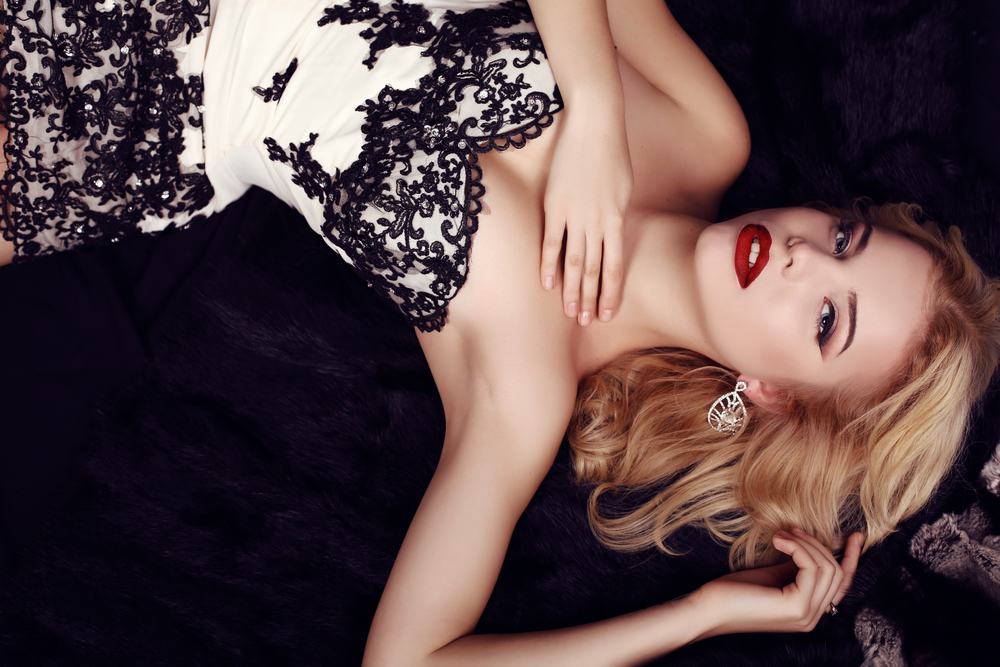
Mastering the art of modeling (or modelling) is not just about looking good in front of the camera, but also about conveying emotions and telling stories through your poses. Whether you are a professional model or an aspiring one, understanding the dynamics of posing is crucial for creating stunning photographs. In this article, we will delve into some essential tips that will help you strike the perfect poses during photoshoots.
1. Know Your Body
Understanding your body and its unique features is the first step towards creating impactful poses. Spend time in front of a mirror, experimenting with different movements and angles. Identify your best features and learn how to accentuate them. modelling is all about highlighting your strengths, so embrace what makes you unique.
2. Practice Makes Perfect
Like any other skill, modeling requires practice. Invest time in modeling workshops or practice sessions to fine-tune your posing abilities. Experiment with various poses, gestures, and expressions to expand your range. As you practice more, you'll become more comfortable and confident in front of the camera.
3. Embrace Your Emotions
Posing is not just about physicality; it also involves expressing emotions. To create captivating images, connect with the emotions associated with the theme or concept of the photoshoot. Experiment with different moods and expressions to infuse life into your poses. Practice conveying a range of emotions, from happiness and joy to vulnerability and strength.
4. Utilize Your Surroundings
A great model knows how to incorporate their surroundings into their poses. The location, props, and even lighting can enhance the overall impact of the photograph. Explore the space around you and find unique ways to interact with your environment. Whether it's leaning against a wall, sitting on a staircase, or twirling around in an open field, make the most of your surroundings to create visually striking poses.
5. Be Mindful of Body Language
Understanding body language is essential for conveying messages through your poses. Every tiny movement or gesture can change the mood or story behind a photograph. Be aware of how you hold your body, positioning your limbs, and the angles of your head. Small adjustments can make a significant difference. For example, tilting your head slightly or extending your fingers gracefully can add elegance and allure to your poses.
6. Collaborate with the Photographer
modelling (or modeling) is a collaborative effort, and communication with the photographer is crucial. Connect with the photographer before the shoot and discuss the concept and goals of the photoshoot. Share your ideas and ask for their guidance on posing techniques. A good photographer will understand your strengths and offer suggestions to get the best shots possible.
7. Be Versatile
Versatility is a valuable trait for a successful model. Strive to be adaptable and open to trying new poses and styles. Experiment with various genres of modeling (by models) , such as fashion, editorial, or commercial. Embrace different themes and concepts and modify your poses accordingly. Being versatile will expand your opportunities and help you excel in a competitive industry.
8. Confidence is Key
Confidence plays a significant role in modeling. Embrace your body and have faith in your abilities. Project confidence through your poses and expressions. Remember, the camera can pick up on even the slightest bit of self-doubt. Surround yourself with positive influences and practice self-care to boost your confidence levels.
Frequently Asked Questions
1. How do I overcome nervousness during photoshoots?
Nervousness is common, especially for new models. Preparation is key. Familiarize yourself with the concept of the shoot, practice poses, and communicate with the photographer to ease your nerves. Deep breathing exercises and positive self-talk can also help calm your nerves.
2. How can I find my unique modeling style?
Finding your unique modeling style takes time and experimentation. Study the works of renowned models and photographers for inspiration. Experiment with various poses and expressions to discover what feels most natural and authentic to you. Your unique modeling style will emerge as you gain experience.
3. Are there any specific poses that work for everyone?
While some poses are universal, not all poses work for everyone. Each individual has their unique body type and features. Experimenting with different poses is essential to find what suits you best. Focus on accentuating your strengths and finding poses that make you feel confident.
4. What should I wear for a photoshoot?
The clothing for a photoshoot depends on the concept or theme. Communicate with the photographer or stylist beforehand to determine the appropriate wardrobe. Bring a variety of outfit options and accessories to allow for versatility during the shoot.
5. How important is post-processing in modeling photography?
Post-processing plays a significant role in enhancing the final images. It can help refine the colors, tones, and overall mood of the photographs. However, it is important to maintain a balance and not rely solely on post-processing to compensate for lackluster posing. A well-executed pose can make a significant impact even without extensive editing.
In conclusion, mastering the art of modeling involves understanding your body, practicing various poses, embracing emotions, and collaborating with photographers. With consistent practice, versatility, and confidence, you can become a skilled model capable of creating stunning photographs. Remember, it's not just about looking good, but also about telling stories through your poses. So go out there, strike a pose, and let your inner model shine.
Other useful resources